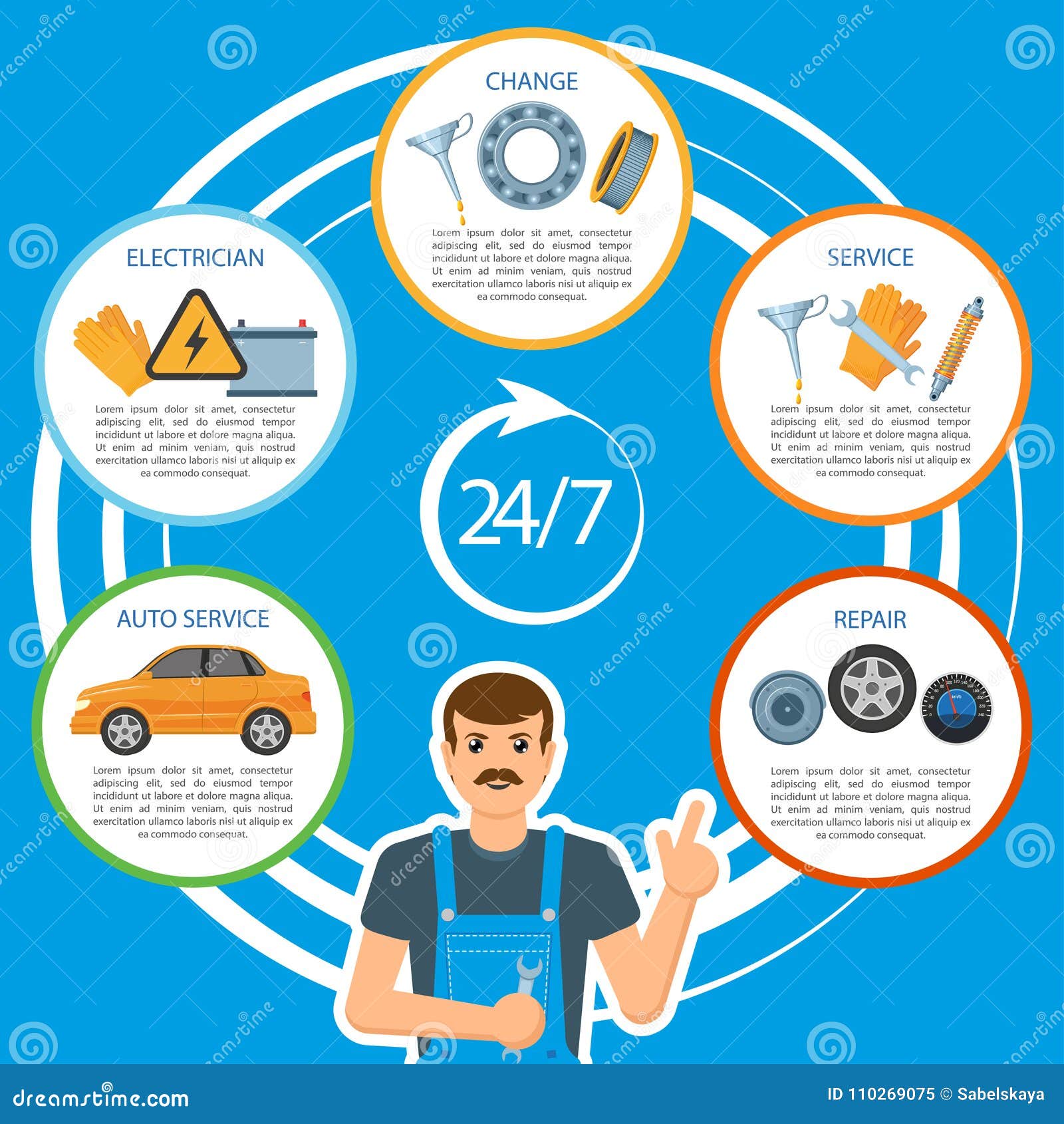Wondering Regarding The Meaning Behind Those Dashboard Caution Lights? Gain Insights Right Into Their Ramifications For Your Car'S Safety And Security And Maintenance
Wondering Regarding The Meaning Behind Those Dashboard Caution Lights? Gain Insights Right Into Their Ramifications For Your Car'S Safety And Security And Maintenance
Blog Article
Author-Higgins Stark
When you lag the wheel, those beautiful caution lights on your control panel can be a little bit difficult. Do you understand what they're attempting to inform you regarding your automobile's wellness? Understanding the value of these lights is essential for your safety and security and the long life of your car. So, the next time one of those lights turns up, would not you intend to understand its message accurately and take the essential steps to resolve it?
Common Warning Lights and Interpretations
Determine typical warning lights in your cars and truck and recognize their definitions to ensure secure driving.
https://drivers-training-near-me40627.ourcodeblog.com/30409608/the-development-of-vehicle-detailing-secret-fads-and-innovations-to-monitor include the check engine light, which indicates concerns with the engine or discharges system. If Click Link comes on, it's crucial to have your automobile inspected without delay.
The oil stress cautioning light indicates reduced oil pressure, needing immediate focus to prevent engine damage.
A blinking battery light might recommend a faulty charging system, possibly leaving you stranded if not resolved.
The tire stress surveillance system (TPMS) light informs you to low tire pressure, affecting vehicle security and gas performance. Neglecting this can bring about risky driving problems.
Highly recommended Web-site indicates a trouble with the anti-lock braking system, endangering your capability to stop promptly in emergency situations.
Last but not least, the coolant temperature level cautioning light warns of engine getting too hot, which can cause extreme damages if not dealt with quickly.
Understanding these common warning lights will aid you deal with concerns promptly and keep secure driving problems.
Value of Prompt Focus
Understanding the usual caution lights in your auto is only the first step; the relevance of immediately attending to these cautions can not be emphasized sufficient to guarantee your security when driving.
When a warning light brightens on your control panel, it's your auto's way of interacting a prospective issue that requires attention. Disregarding these cautions can result in much more extreme problems down the road, endangering your safety and possibly costing you extra in repairs.
Motivate attention to advising lights can prevent malfunctions and crashes. For instance, a blinking check engine light could show a misfire that, if left ignored, can cause damages to the catalytic converter. Addressing this without delay can conserve you from a costly fixing.
In interiorcarcleaningauckland , a brake system advising light may indicate low brake fluid or worn brake pads, crucial components for your safety when driving.
Do It Yourself Troubleshooting Tips
If you discover a caution light on your dashboard, there are a couple of DIY fixing ideas you can attempt prior to looking for expert assistance.
The initial step is to consult your auto's guidebook to recognize what the details warning light shows. In some cases the issue can be as simple as a loose gas cap activating the check engine light. Tightening the gas cap might deal with the trouble.
One more typical problem is a reduced battery, which can trigger numerous alerting lights. Examining the battery links for rust and guaranteeing they're safe and secure might deal with the issue.
If a warning light continues, you can attempt resetting it by disconnecting the car's battery for a couple of mins and then reconnecting it. Additionally, examining your vehicle's fluid levels, such as oil, coolant, and brake fluid, can help troubleshoot alerting lights connected to these systems.
Final thought
Finally, recognizing your automobile's warning lights is vital for keeping your car running smoothly and safely. By without delay dealing with these alerts and understanding what they mean, you can avoid pricey repair work and potential break downs.
Bear in mind to consult your car's handbook for specific details on each cautioning light and act as necessary to ensure a hassle-free driving experience.
Remain informed, stay risk-free on the road!
